Associated Press Writer
PORT-AU-PRINCE — When two men barged into Sherrie Fausey’s school a few months after the quake and demanded all the food in the pantry, she calmly said no.
The men threatened to kill her.
“That’s really sad,” the 62-year-old said, matter-of-factly. “Because I’m going to heaven and you’re going to prison.”
The men ran away.
That’s the kind of attitude – maybe it’s brash American optimism – that has paid off for Fausey, a retired schoolteacher from Jacksonville. Her Christian school in Haiti was destroyed in the earthquake in January and one child was killed. But classes have started again, more than a month before the rest of the country’s schools.
Like everything else in post-earthquake Haiti – removing rubble, rebuilding government offices, putting people to work – the reconstruction of the education system is moving at a snail’s pace. So, in the meantime, it’s up to private school owners like Fausey and other aid groups to improvise.
Before the earthquake, few children in Haiti got beyond the sixth grade and a million children didn’t attend school at all. Most parents sent their children to private school and the poorest parents paid up to half their income for a child’s education.
Even then, schooling isn’t extensive; one nonprofit figures that the average Haitian adult has about 2.8 years of education. Add these grim statistics to the picture – 40,000 students and 1,000 teachers died in the quake, and some 80 percent of school buildings in Port-au-Prince were destroyed – and the enormity of it all seems overwhelming.
Haitian officials have created a $95 million back-to-school plan as a stopgap for the next three months, part of a five-year, $4 billion overhaul. But the government has a large, messy task ahead, against a historical backdrop of corruption and mismanagement.
There are glimmers of hope, mixed with the realities of a scarred city.
Portable classrooms made out of 100 shipping containers are ready for students in the town of Leogane. USAID has helped build 230 transitional classrooms throughout Haiti, and some 120 U.S. Army-donated tents will house an additional 104 classrooms in 49 schools come October.
But most flattened schools still haven’t been demolished in the capital city Port-au-Prince and unsafe school buildings sit vacant. At one pancaked school building, with bodies still inside, the director pitched tents for classrooms on what was once the roof now about two feet off the ground.
At the College St. Pierre in downtown Port-Au-Prince, high school students finished their exams and are excited to return to school in October with new books and improved classrooms. But some temporary classrooms made of plywood have already been destroyed by a small rainstorm earlier this month.
On the students’ last day of school on Aug. 20, about 100 earthquake survivors were still camping on school property just three feet from the classrooms. A man stood outside a tent and bathed himself with a bucket filled with water, as students studied nearby.
The principal said it was against the law to kick the squatters out. And anyway, until recently he was living in a tent there too.
Classes weren’t in session at Fausey’s Christian Light Mission school when the earthquake struck on Jan. 12. Only Fausey and the orphans were in the building.
The back of the main school – which was also home for her and the orphans – collapsed. Her housekeeper’s seven-year-old son was killed by falling debris.
“Peterson was killed instantly,” she said. “He didn’t suffer.”
A half-constructed second building was located across the street and had a large yard secured with a metal gate. She moved the orphans, the staff and the school’s four tawny guard dogs there, and everyone slept in tents. Nobody wanted to return inside.
Fausey started school on Jan. 18, five days after the quake. Classes were held in a tent.
“They needed to get back to something that was normal,” Fausey said. “People said it couldn’t be done.”
Volunteers from the U.S. and Canada arrived, as did $90,000 in donations. Fausey dispatched the volunteers to nearby tent cities to feed children under the age of six. She wrangled food donations from nonprofits at the airport, met with architects about rebuilding, took in a malnourished child abandoned by her parents.
Fausey concedes that she brings a very American, goal-oriented attitude to Haiti.
“I have to accept that I think in a different way,” she said.
Fausey, a Baptist, is driven by her faith. She credits the Lord for helping her through the past seven months – but also her teachers and the volunteers. And she says she believes God will guide to her the necessary money and manpower to expand the school in the future.
Yet Fausey lives solidly in the present, solving the many problems that come up throughout the day. The construction workers want a concrete block roof? No, she wants solid concrete with reinforced steel rebar because it’s safer. A little boy needs a bandage? Tell one of the older boys to help. The teachers want to go to a retreat? Take the truck.
The result: When classes start, teachers will have books and chalkboards. Students will have desks. It might be a little messy at first, but kids will learn.
“This school is like a medicine for the kids,” said Jossy Seriphin, a 25-year-old teacher at Fausey’s school. “It’s their life. It’s their future.”



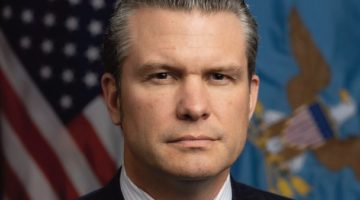
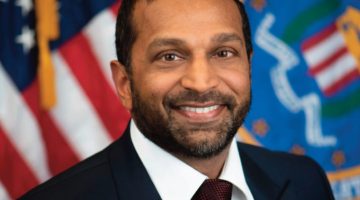
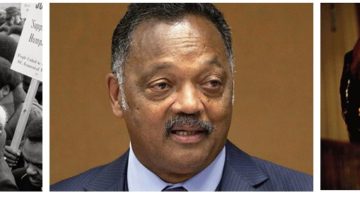




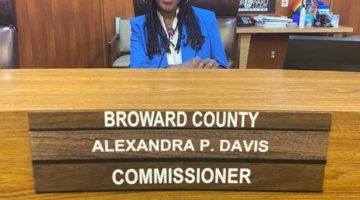
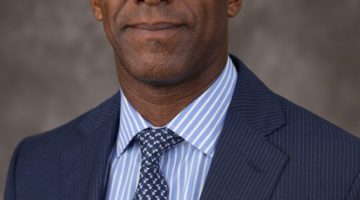
No Comment